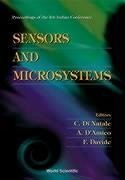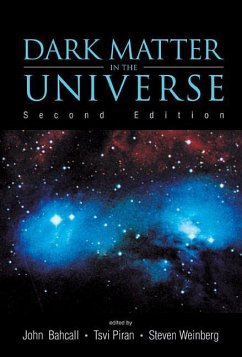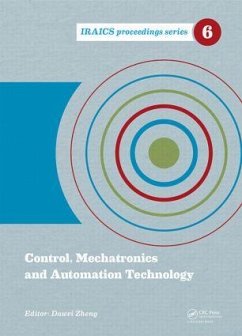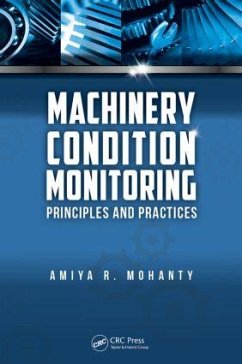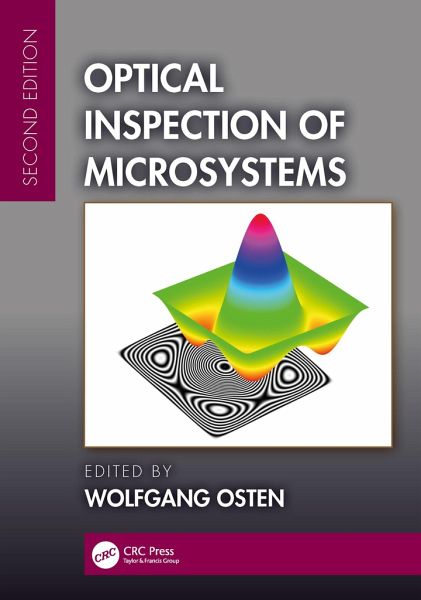
Optical Inspection of Microsystems, Second Edition
Versandkostenfrei!
Versandfertig in 1-2 Wochen
296,99 €
inkl. MwSt.
Weitere Ausgaben:

PAYBACK Punkte
148 °P sammeln!
This book provides an up-to-date survey of the most important and widely used full-field optical metrology and inspection technologies. Techniques such as interference microscopy, laser Doppler vibrometry, holography, speckle metrology, spectroscopy and deflectrometry and digital holographic microscropy for the inspection of MEMS.





